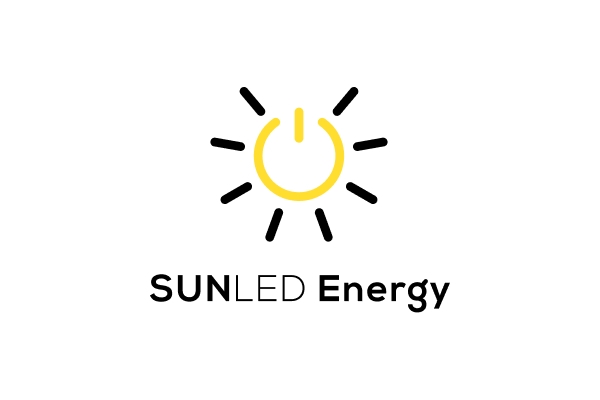Federal budget won’t transform on energy efficiency - 10 May 2023
The $1.6 billion committed in the federal budget may deliver energy efficiency upgrades to a few hundred thousand households. But what Australia needs is a National Energy Savings Scheme (NESS) that mobilises industry to drive millions of household and business upgrades. This much-needed transformative measure will address the biggest barrier to energy efficiency: reduced customer costs at point of sale. Loans via conventional lenders hasn’t significantly shifted the dial to date.
“We weren’t expecting transformative strategy from the budget. But we are expecting transformative measures in the National Energy Performance Strategy (NEPS) which has been through consultation and for which we await the government to respond later in 2023,” said president of the Energy Savings Industry Association (ESIA), Rod Woolley.
The ESIA commends the federal government on getting energy efficiency into the budget. This includes committing $1.3 billion to establish the Household Energy Upgrades Fund of which $1 billion will be provided to the Clean Energy Finance Corporation to help more than 110,000 households lower their energy bills. “We will be interested to see who drives the engagement and what upgrades are rolled out.”
The much smaller pool of $300 million for social housing co-funded and co-designed by state governments should be well targeted. Hopefully the 60,000 social housing properties estimated to save up to one-third of their energy consumption from upgrades each year will be achieved and as soon as possible.
The $310 million Small Business Energy Incentives program for businesses with an annual turnover under $50 million is a tough one. This is a tax deduction, not a rebate. Accessing the bonus tax deduction might provide some additional support, maybe up to six per cent of the capital cost. But it won’t reduce the capital cost at point of sale which is the point where business decision making is more likely to be influenced.
The $36.7 million tagged to expand and upgrade the Nationwide House Energy Rating Scheme for existing homes and to modernise the Greenhouse Energy Minimum Standards should get more appliances labelled with energy efficiency ratings. In this budget, there is nothing much for rental properties except for public housing renters. What will supercharge transformation is mandatory disclosure on home energy ratings at the point of sale and rental, and mandated minimum performance standards for rental properties.
“Governments across Australia need to emulate the proven successes of energy savings schemes operating since 2009 in Victoria, NSW, SA and the ACT, and now the NSW Peak Demand Reduction Scheme (PDRS). We need a NESS including a PDRS in the NEPs,” concluded Rod Woolley.
… Ends Media contact: Jessica Lynch, M 0417 539 377, comns@esia.asn.au
References
The Hon Chris Bowen MP, Minister for Climate Change and Energy, Federal Government, Media Release, 9 May 2023 https://minister.dcceew.gov.au/bowen/helping-australians-save-energy-save-energy-bills
National Energy Performance Strategy Consultation, Federal Government, closed 3 February 2023, https://consult.dcceew.gov.au/neps-consultation-paper
ESIA Submission, https://esia.asn.au/publications/submissions/esia-submission-national-energy-performance-strategy-consultation-3-feb-2023
ESIA Proposing a National Energy Transformation Plan, 17 March 2022
https://esia.asn.au/publications/esia-reports/proposing-a-national-energy-transformation-plan-17-march-2022 Highlights: have a plan; increase the emissions reduction target to a science-based 60% by 2030; expand renewable energy; roll out a national energy savings scheme, peak demand reduction scheme, fuel switching incentives, renewable fuels production target all modelled on NSW Energy Security Safeguard. In addition, lower baselines for large emitters under the Safeguard Mechanism; expand the Renewable Energy Target to include battery storage; include more energy efficiency methods under the Carbon Farming Initiative; and ensure the National Electricity Market post-2025 design shifts to a more balanced focus on demand-side as well as supply-side opportunities. All these deliverables will provide more resilient, reliable and secure energy infrastructure and reduce greenhouse gas emissions. See what votes will get under the plan, and how voters will be empowered with cleaner energy choices.
ESIA Proposing a National Energy Savings Scheme & Peak Demand Reduction Scheme 2024-2050, 15 Nov 2021. https://esia.asn.au/publications/esia-reports/proposing-a-national-energy-savings-scheme-peak-demand-reduction-scheme-2024-2050-15-nov-2021
Latest ESIA Analysis: email comns@esia.asn.au
(PDF Media Release)






































